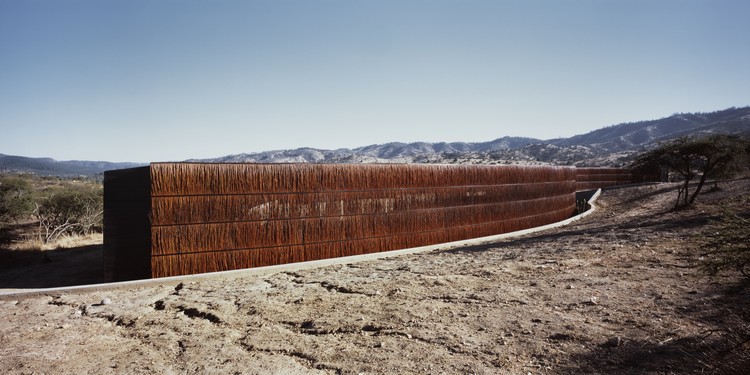
-
Architects: Diego Baraona
- Area: 905 m²
- Year: 2017
-
Photographs:Erieta Attali
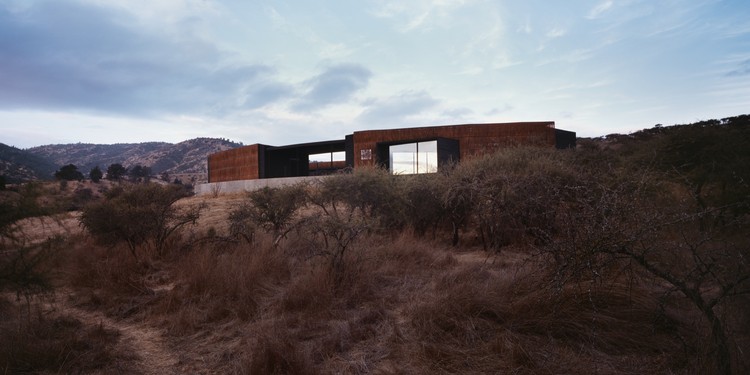
Text description provided by the architects. What the project was looking for was to develop an artifact in which the raising of the horses and the recognition of the landscape would be coherent.

Basically it is a house for a horse breeder, not a stable. For this the established program responds in a different and less practical way than a common stall. For this it was necessary to fraction the classic program and reinterpret it by adding new programs, scales and circulations.

All the circulations, routes, drinking areas, etc., seek to be further away from each other so that there is a walk in the daily function of breeding and thus this functional routine becomes an aesthetic exercise. The design does not divide the functions but it connects them, and it is in how this connection is achieved that this new function is recognized. The circulations, which might seem errant, are not, are designed in such a way to achieve this aesthetic deployment, and thus function and plasticity dialogue achieving an interconnection.
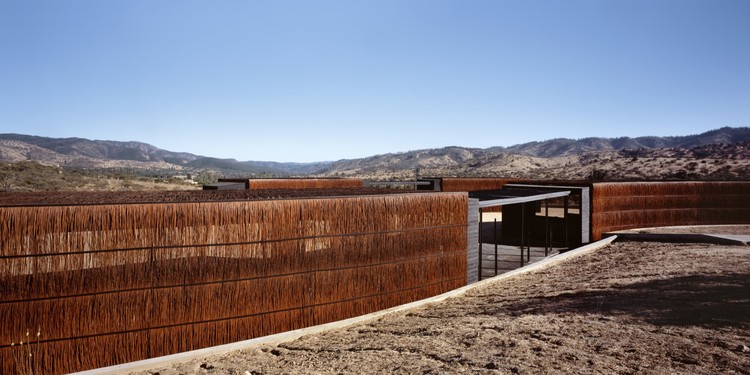
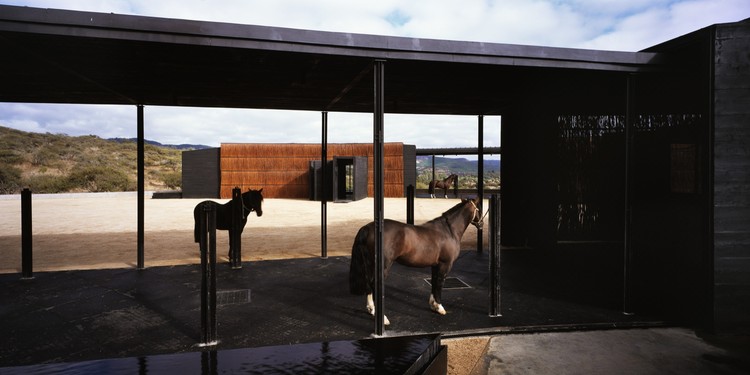
The project was design in two scales, the human and the horse, which are changing in height and materiality and that cohere to be always part of a unity. A work of transitional scales is then developed in which three types appear, human, horse, and an intermediate scale. This interconnection allows the project to be developed in such a way that the user is understood not only as the animal but as both actors; therefore, the project can only be understood if both actors inhabit it.
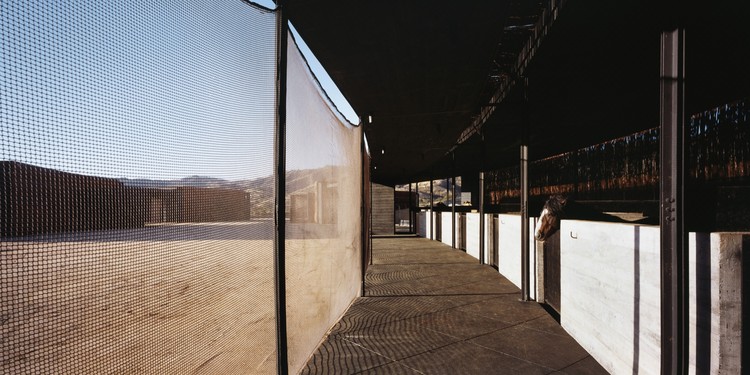


The design is not just a formal development, it goes beyond, seeks to relate the function with habitability to achieve a specific experience, which is determined by materiality. The materiality determines the atmosphere.
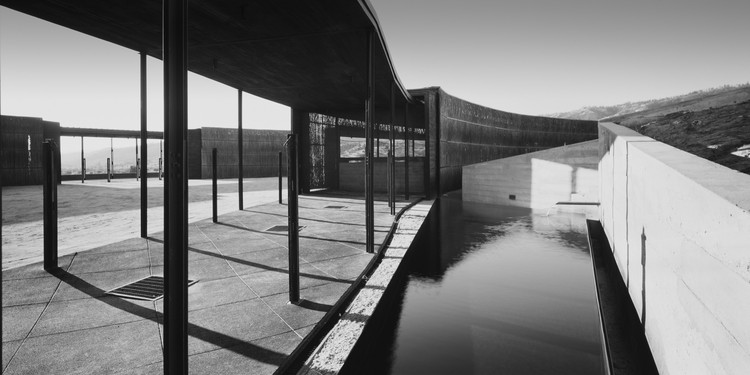



In the case of this project, the materiality chosen has a lot to do with the area in which it is located, the light and the program seeks to host, so the decisions taken for its implementation are closely linked to the new functionality. From the almost absolute transparencies of the nets to the fractional light through the wickers, it is sought that the inhabiting within the spaces is conditioned by these, so that in this way the daily function within the building is almost scenographic.



























